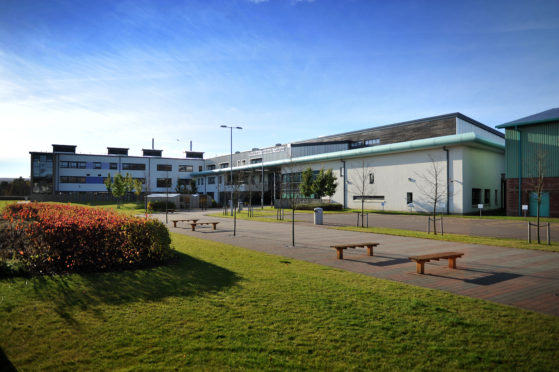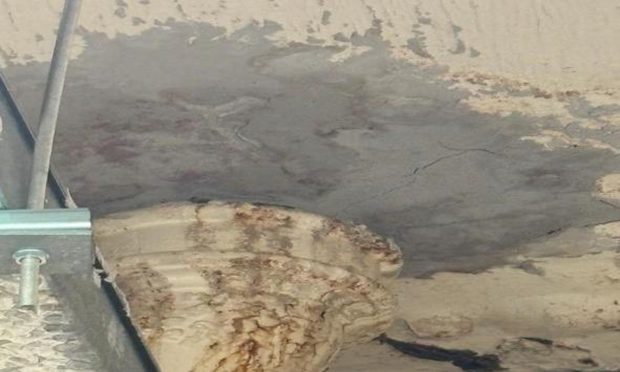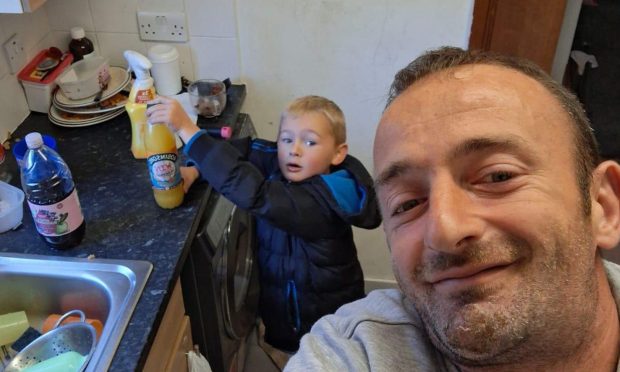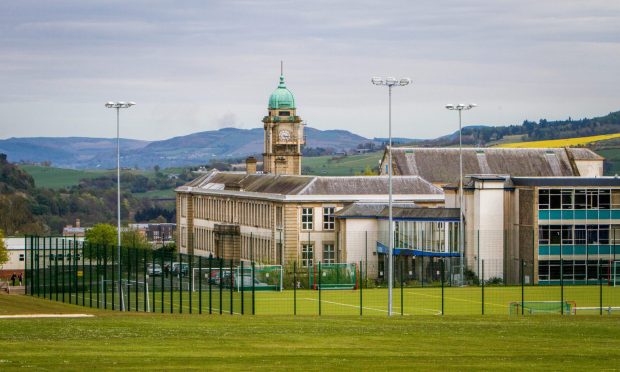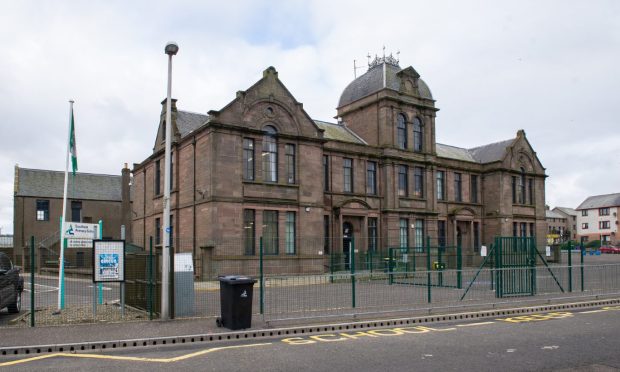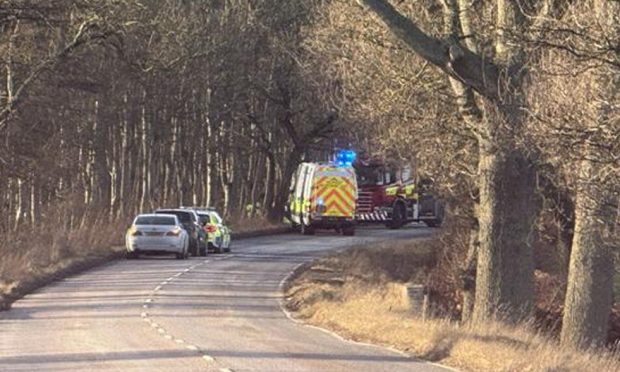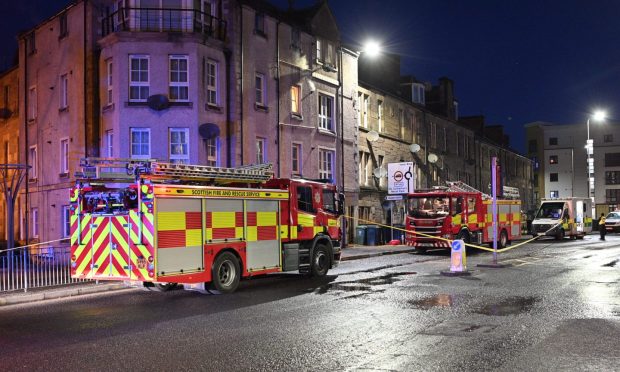A series of intriguing artefacts will go on permanent show in Crieff, following the launch of the town’s new archaeology trail.
The three items are museum-quality replicas and examples of historic pieces unearthed during excavation work.
They will be displayed at Strathearn Community Campus, thanks to a “tremendously generous” windfall from an anonymous donor.
Among the collection is a reproduction of a Bronze Age food vessel which was found in the grounds of the campus, on the site of an old parliamentary mound – or stayt – which dates back to the 14th century.
The original is held at the National Museum of Scotland in Edinburgh, while the replica is being crafted by specialist potter Graham Taylor whose clients include the Stonehenge Visitor Centre.
A replica of an early Bronze Age pendant, found during construction of new Crieff Primary School in 2014, is also being produced. The piece of jewellery is regarded as a particularly fine example of the type that is predominantly confined to northern Britain.
The third exhibit will be a collection of original flint-knapped arrowheads. These were also unearthed during work on the primary school, but the pieces that will be exhibited were sourced from the Sahara, North Africa, due to the scarcity and expense of UK specimens.
The seven Broich Road arrowheads were found in a burial plot and are believed to have been used for hunting birds, animals and fish.
Ian Hamilton, chairman of the Strathearn Archaeological and Historical Society, said: “We are indebted to the donor’s tremendous generosity and vision at the potential of further developing the presentation of Crieff’s archaeological past and riches at the campus, to the benefit of generations of school pupils, residents and visitors.”
He said: “What many people do not realise is that significant, original archaeological finds are very very rarely loaned out to local communities because of security, environmental, insurance, presentation, staffing and access considerations.
“This donation overcomes such obstacles at a stroke.”
Mr Hamilton said a further find – a razor – could also be replicated.
The full amount of the donation, which has not been made public, will also help fund a new leaflet to promote the archaeology trail which was formally launched last month.
